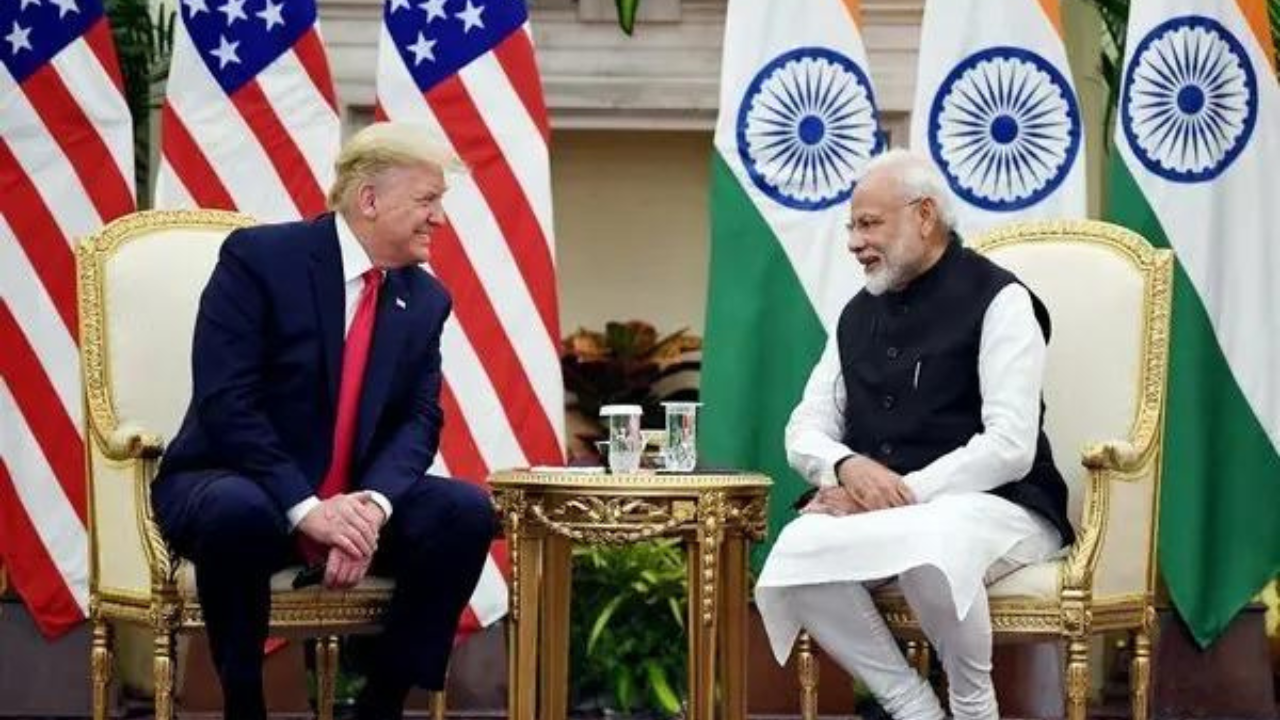
If Donald Trump were to secure a second term as President of the United States, it would likely have several implications for U.S.-India relations, which have evolved significantly during his first term and subsequent developments. Here’s an analysis of how a second Trump administration could affect these relations:
1. Strategic Partnership Continuation:
Defense and Security Cooperation: Trump’s administration strengthened defense ties with India, exemplified by significant arms sales and joint military exercises. A second term could lead to an even deeper military collaboration, including more defense agreements and technology transfers.
Indo-Pacific Strategy: Trump emphasized a free and open Indo-Pacific region, positioning India as a critical partner against China's influence. A continuation of this strategy would likely mean further collaboration on security issues, including maritime security in the Indian Ocean.
2. Trade Relations:
Trade Policy: Trump's first term was marked by tensions regarding trade, with India facing tariff hikes on certain goods. If re-elected, he might seek to renegotiate trade terms, potentially pushing for a more favorable deal for U.S. businesses while applying pressure on India to reduce trade barriers.
Economic Ties: An increased focus on American manufacturing and "Buy American" policies could affect Indian companies that export to the U.S. The Trump administration may prioritize bilateral trade that aligns with his administration’s economic goals.
3. Immigration and Diaspora Issues:
- H-1B Visa Policies: Trump’s immigration policies have had a direct impact on Indian IT professionals, who make up a significant portion of H-1B visa holders. A second term could see continued restrictions or changes to these visa programs, affecting the flow of skilled labor from India to the U.S.
Indian Diaspora: The Indian-American community is politically active, and their influence could shape Trump’s approach to India, depending on his administration's priorities and campaign strategies.
4. Climate Change and Energy Cooperation:
Climate Policies: Trump’s stance on climate change during his first term was marked by a withdrawal from the Paris Agreement. A second term may see a similar approach, which could affect U.S.-India cooperation on clean energy and climate initiatives. However, India might continue to pursue its renewable energy goals independently, regardless of U.S. policy.
- Energy Trade: The U.S. has become a major supplier of energy resources to India, including oil and natural gas. This trend could continue, bolstering economic ties while also addressing energy security concerns.
5.Geopolitical Dynamics:
- China Relations: The U.S.-China rivalry would likely remain a defining factor in U.S.-India relations. Trump’s confrontational approach to China could encourage India to align more closely with the U.S. as both nations seek to counter Chinese influence in the region.
- Regional Stability: Trump's potential policies regarding Pakistan and Afghanistan could also affect India-U.S. relations. A hardline approach toward Pakistan could lead to greater cooperation with India, while any peace initiatives in Afghanistan may need to consider India’s interests in the region.
6.Multilateral Engagement:
International Organizations: Trump's skepticism toward multilateralism may affect U.S. engagement in forums where India plays a key role, such as the United Nations. India might seek to enhance its standing in these organizations independently, even if U.S. participation diminishes.
Conclusion:
In summary, a second term for Donald Trump could strengthen certain aspects of U.S.-India relations, particularly in defense and strategic collaboration, while also posing challenges in trade and immigration. The evolving geopolitical landscape, especially concerning China, will likely remain a critical factor in shaping this bilateral relationship. Both countries have shared interests that could lead to continued cooperation, but the dynamics will depend heavily on the priorities and policies of the Trump administration.
Comments
Post a Comment